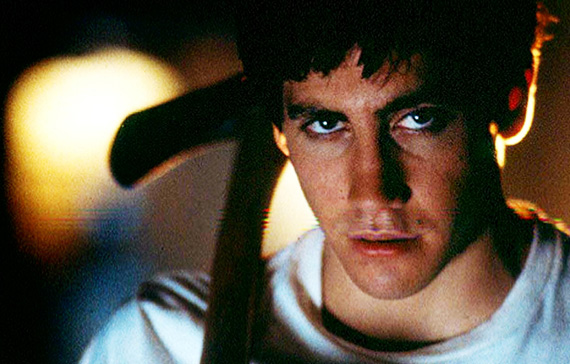
The idea of being able to travel backwards or forwards through time has been something that has fascinated us as human beings, well before any type of scientific theory or science fiction literature had come to exist.
Tales of people traveling to distant places or times had begun to appear as folk tales from the Buddhist and Japanese as early as the 700’s [1]. It wasn’t until the 1700’s and 1800’s that we began to see tales of time travel in literature, with the most influential one being H.G. Wells The Time Machine (1895).
Since the release of that book, the theory of time travel has been repeatedly used as a theme in books, films, and TV shows. They have addressed it from multiple angles; the ways or devices that are used to transport through time and the different reasons that people are traveling through time.
Some very popular films and television shows have used time travel as part of its story. The Buck Rogers character awakens after being frozen in time; he has been used and reused in comics, films, and television from the 1930’s through the 1980’s.
The popular of Planet the Apes Movies and TV series used both backward and forward time travel in some of its storylines. It’s been used in Star Trek, the Terminator series, and Godzilla. It’s arguably most memorable use in a film was a time machine made out of a Delorean car, in The Back to the Future trilogy.
Some of the films time travel theories have been crazy and campy; while some are so complex they make your head nearly explode. Some get philosophical about the possible repercussions of time travel itself, while some just exist to make you laugh.
So with this list we look at some of the time travel films that would be considered cult films; they may be cult because they tanked at the box office and now we think they are great, or they’re cult because some people love movies that are total trash and camp, or they are somewhere in the middle.
1. Just Imagine (1930)
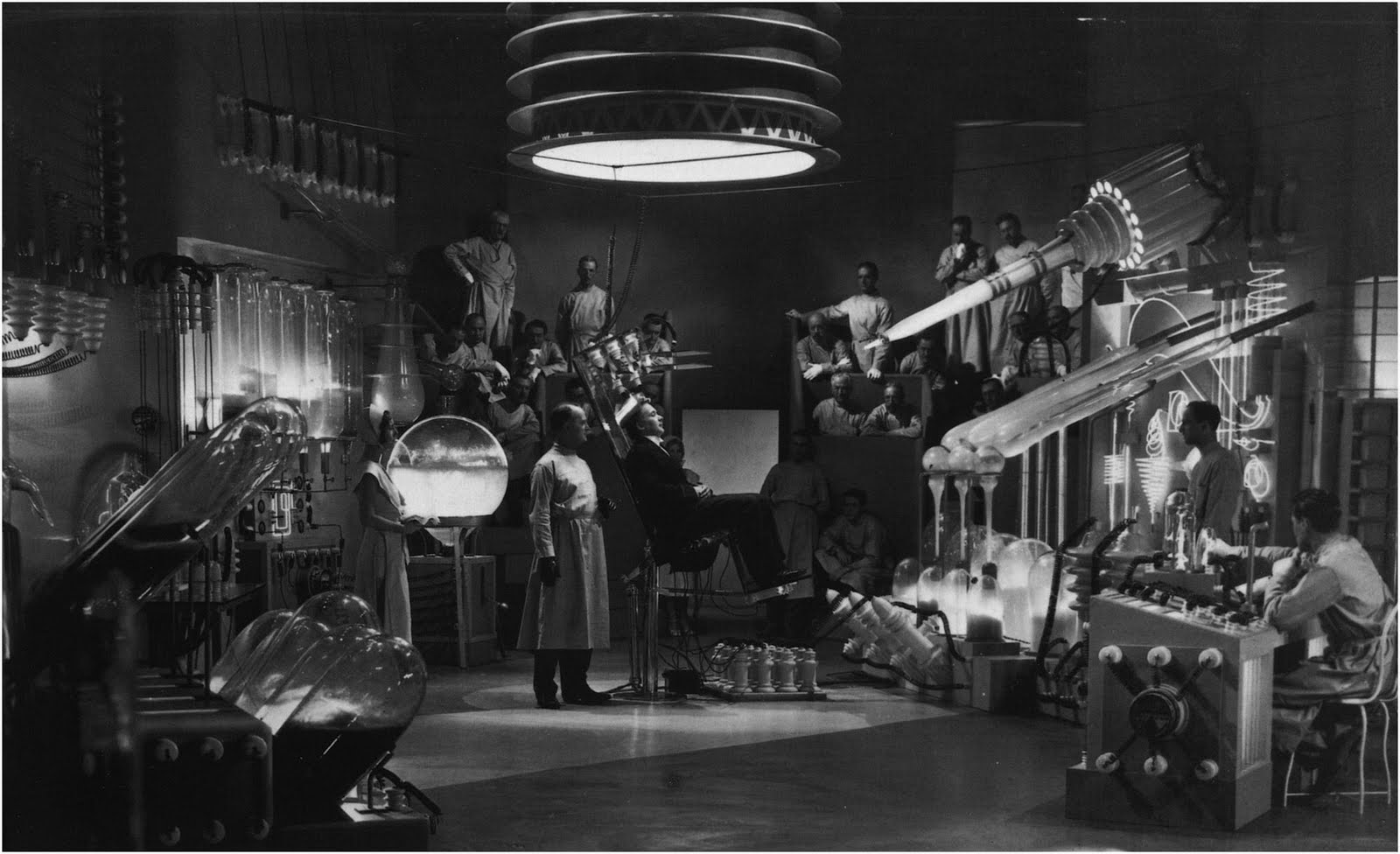
“Come today…soar on wings of fancy to the magic days of tomorrow’s existence…see life, love in 1980—find out what your grandchildren are going to do!” [2]. A man who had been struck by lighting and died in 1930 is revived in 1980 New York City.
In this future, things have drastically changed: airplanes have replaced cars, numbers have replaced names, marriages are arranged by the government, procreation has been changed, have replaced food, and there’s a lot of singing. Minus the singing and Wesley Snipes, the basic premise sounds very similar to Demolition Man (1993). It is an unusual film that mixes the musical and sci-fi genres, along with a bunch of corny jokes that must have been relevant for the era.
What really stands out in this film is the set design and special effects, which paved the way for future sci-fi films. The massive art deco style New York city-scape was created by a team consisting of 205 technicians over a five-month period, and cost $168,000 to build [3].
This was also the first movie to display the grand electrical equipment that is used to revive the character back from the dead, which was created by Kenneth Strickfaden [3]. He went on to more famously create similar special effects in Frankenstein (1931), Wizard of Oz, Young Frankenstein, and many other film and television programs [3]. The film was nominated for an Academy Award for Best Art Direction in 1931.
It ended up as a box office flop; the first cycle of popular musicals was just coming to an end at the time. Fox was able to recoup the losses by reusing footage from the film in the Buck Rodgers and Flash Gordon serials, as well as others [4].
Check this out if you’re a fan of old musicals or to see the great special effects.
2. The Atomic Man AKA Timeslip (1955)

A mysterious man is pulled from the river with a bullet in his back and a radioactive halo around him and is clinically dead for several seconds during surgery. A news investigator believes that the man is a scientist named Raynor, but Raynor is alive and working in his office. Who is this man? Is he a double or traveler through time? The Investigator will stop at nothing to find out the truth of what is going on.
This B film British production falls somewhere between sci-fi fantasy, film noir, and nuclear espionage. The time travel aspect of this movie involves Rayner’s heart stopping during the surgery, leading to him actually being seven seconds ahead of time.
It’s not a bad mix, as this film is more espionage thriller than a typical time travel story and much more different than any of the other films on the list.
3. World without End (1956)
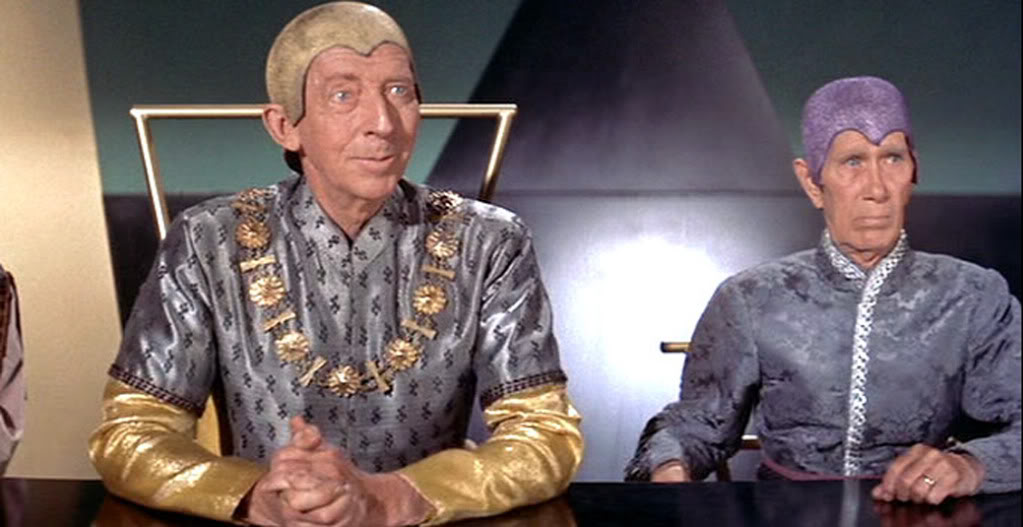
“THE 26TH CENTURY! Sub-Human Monsters… Mammoth Tiger Spiders… Mole-Tunnel Cities… Futurific Women… in the Screen’s Mighty Science-Shocker!” [5]. In this B sci-fi film, four astronauts are on a mission to Mars when they end up in some type of time warp sending them into the year 2508. They crash land on earth and discover giant mutated spiders, a group of mutated Cyclops cavemen, and a group of normal humans living underground.
The production values, makeup, and special effects are excellent for this type of movie, which may vary depending on your opinion of the whole B-film sci-fi genre. The effects using plastic models look realistic enough for the era, especially the space ship crash landing into the snow.
There are also the usual laughs and questions that can be raised involving these types of space films, such as why is the space crew equipped with guns and axes. The giant fake spiders are just awesome! You can see this as being one of the precursors for the Star Trek TV series and the Planet of the Apes films.
This film was mainly made in order to re-use some older footage from another Allied Pictures film, Flight to Mars (1951) [6]. Several other films also lifted the crash sequences from Flight to Mars. Some of the cast and crew end up being involved in other films on this list.
The director, Edward Bernds, made The Three Stooges Meet Hercules, as well as some other B sci-fi films. Actor Rod Taylor would later go on to star in The Time Machine and The Birds. Future famed director Sam Peckinpah and actor Strother Martin both had uncredited parts in the making of this movie [5].
If you love sci-fi films of the 1950’s and 1960’s, then this is a must see.
4. The Time Machine (1960)
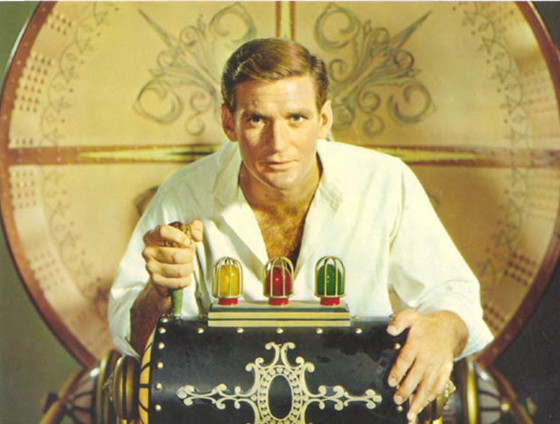
“The Time Machine whirls you to a world of amazing adventure in the year 800,000!” [7]. Four friends are supposed to have dinner with their friend and inventor H. George Wells (Rod Taylor) on January 5, 1900.
He is late for the dinner and rushes in late, looking distraught and exhausted. He tells them that he has created a time machine that can travel through the fourth dimension and has traveled to different points in time. He travels to 1917, 1940, and 1966 to see what the future holds.
In 1966, nuclear explosions take place that cause volcanic eruptions and trap the time machine into a mountain. Wells is forced to travel to the year 802,701, where the mountain has finally disappeared. He comes to discover two races living in this time, a vegetarian people and a cannibalistic race called the Morlocks that use them to feed on.
The inventiveness of the special effects led to this film winning the Academy Award for best special effects in 1961. The time travel device is slightly different than in the novel, looking more like a sleigh than a box described in the book [8]. It was built around “a 1901 Eugene Berninghaus antique barber chair…with a tall, concave disc vertically mounted at the back of the machine which spins as it travels through time.
The most commented-on feature of the machine is a brass plate…[that reads] “manufactured by H. George Wells,” a not-very-in-joke that may also have intended to suggest the Time Traveler is H.G. Wells” [8].
The actual aspect of traveling through time was essentially done using a combination of time-lapse photography and stop-motion animation [8]. Another device that they used was the manipulation of lights, using different filters to show different times of the day [8]. There were also a lot of matte paintings used, which “to contemporary eyes…may seem obvious, [but] in 1960 they were convincing enough to allow a willing suspension of disbelief” [8].
There is a very large cult fan base for this film, very similar to Star Trek, Planet of the Apes, and Star Wars. An episode of the TV series The Big Bang Theory is devoted to it, when the group of four friends buys the actual time machine prop used in the film.
5. Beyond the Time Barrier (1960)
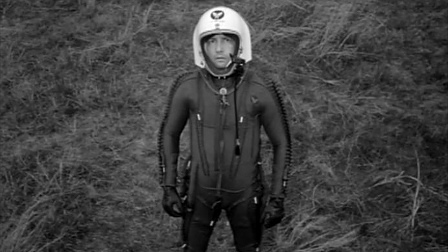
This is the ultra low budget, evil step son knock off of World without End. Filmed in Texas on a budget of $125,000, it follows pretty much the same storyline except only one soldier goes into the future. Everyone there are deaf mutes except the two leaders, the people of the world have been sterilized by the radioactive catastrophe that has occurred. In this version, the soldier ends up coming up with a way to travel back and warn the present about its future consequences.
This film was directed by one of the kings of ultra low budget B films, Edgar G. Ulmer. The film was financed by some Texas businessmen, so it was filmed on an old fairground and abandoned Marine Corps Air Station near Dallas, Texas [8]. The production company that ended up with the rights to the film piggybacked off the success of The Time Machine, releasing it a month later [8].
6. The Three Stooges Meet Hercules (1961)
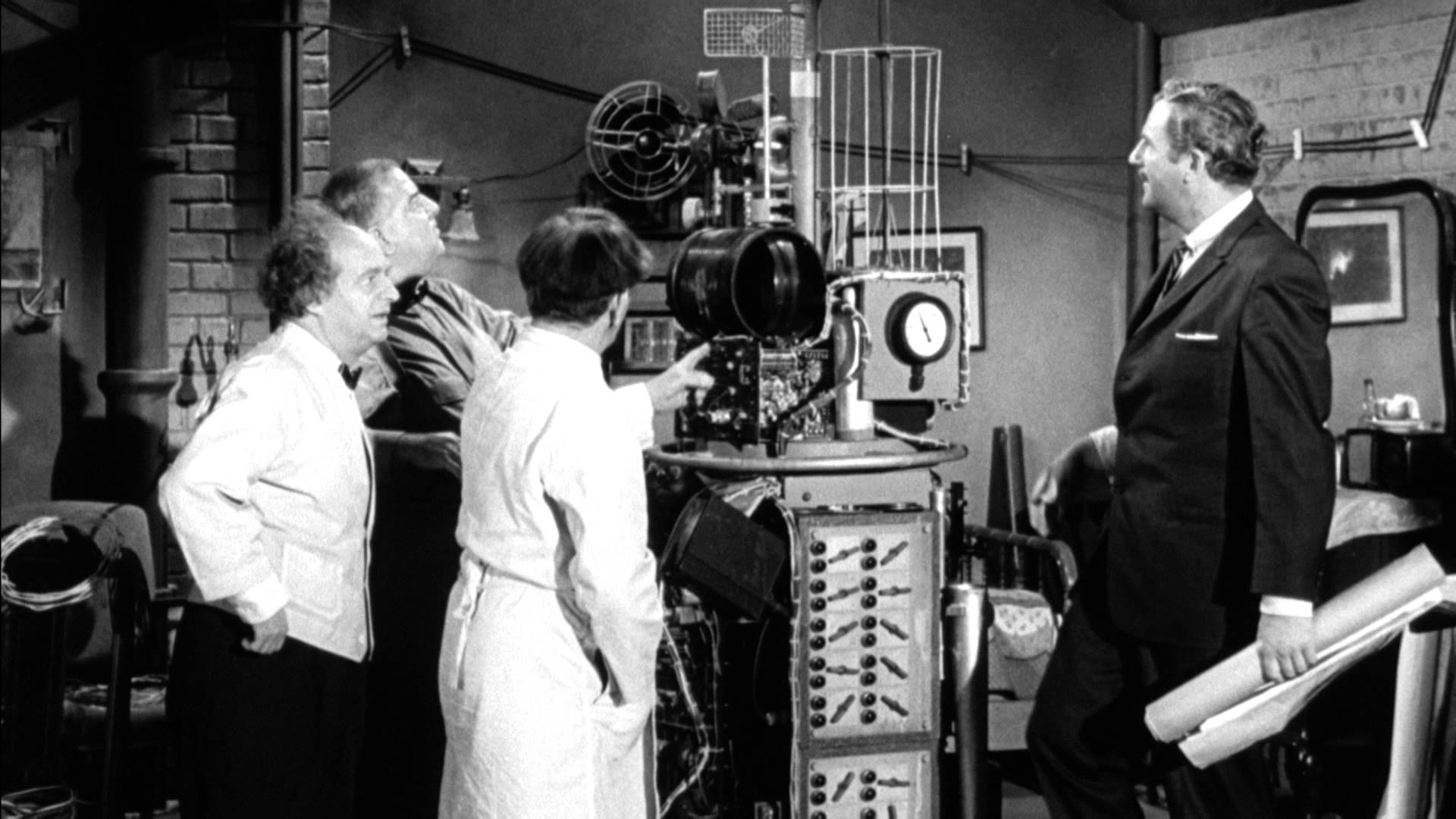
“See Hercules – Man of Steel meet the maniacs of mayhem!” [9]. Three bumbling drug store employees are accidently transported back into time, via a time machine created by the shop owner next door. Along with the Stooges, the time machine creator and his girlfriend are all transported back to ancient Greece and the tyrannical rule of King Odius.
There they end up meeting Hercules; this of course leads to some Stooge related hijinx and silliness. This version of the Three Stooges was Moe Howard, Larry Fine, and “Curly” Joe DeRita. Derita was the sixth member of the Stooges.
It was a natural fit for Bernds to direct feature length films with the stooges. His career as a director began in the mid 1940’s filming The Three Stooges short subject films. His time working with the stooges began when Curly Howard was in failing health and eventually died, and then into the time when his brother Shemp Howard took his place [10].
The Stooge feature length films happened because their short films gained new fans and popularity as they were syndicated onto television in the early 1960’s. The budget for the film was just under $450,000 and was the highest grossing of the feature length films, all of which were considered box-office hits for the group [11].
There is a fairly large amount of disagreement among Stooges fans and their liking of the various versions of the group. Some only like the shorts with Curly Howard. Some also like the ones when Shemp took Curly’s place after his death. Some don’t like the movies and the replacement Curly’s and then some like all of the versions, simply because it’s still some form of the Stooges.
They might not be as good as the short subject films, but they are still worth giving a chance.
7. The Time Travelers (1964)
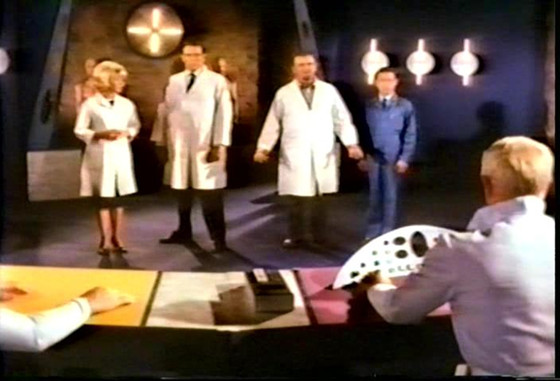
“Step Through “The Time Portal” beyond the crack in Space and Time where the fantastic world of the Future will freeze your blood with its weird horrors!” [12]. Scientists have been working on creating a device that can view the events of the future.
During testing they discover that the device has actually created a portal. Four of them step through the portal and end up stuck in the year 2071. Similar to some of the previous films, nuclear war has damaged the earth and most of the remaining people live underground. Mutants live above and the people under the ground are planning to leave earth for a new inhabitable land. Oh, and they have robots.
The inclusion of the androids is the main point that makes this one stand apart from the previous films. Other than that, it is nowhere near as good as World without End. It falls slightly in the middle range of being a really great B-film versus a really bad one. The android’s have an interesting look, their heads are somewhere in between creepy and cool. They are kind of reminiscent of the masks that the children wear in Pink Floyd’s The Wall.
The ending is probably one of the more unusual out of the time travel films of this era, possibly hoping to spawn a sequel. It was the inspiration for a 1966 TV series called The Time Tunnel, as well as a 1967 remake called Journey to the Center of Time.
8. Hercules in New York (1970)
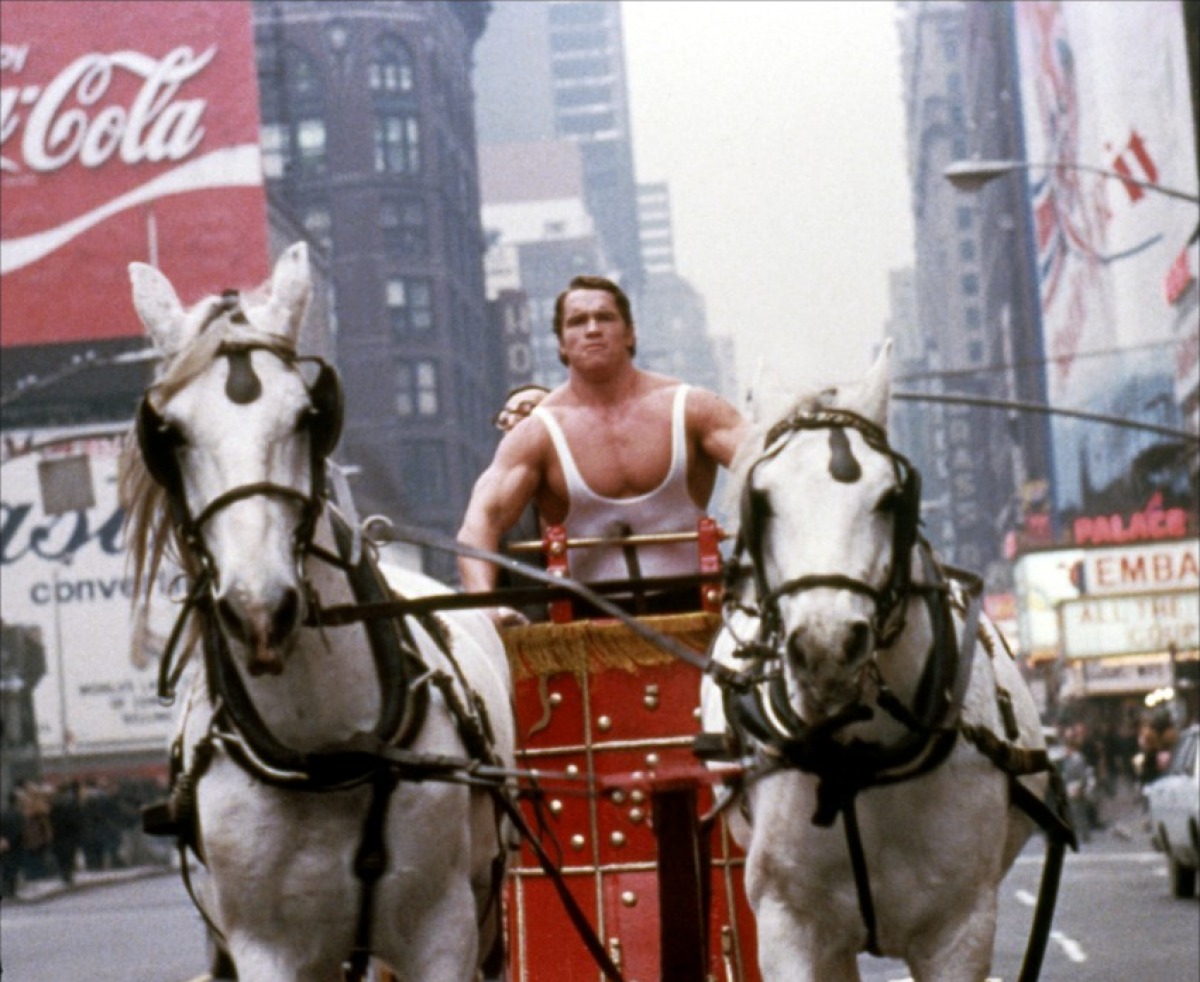
“Arnold’s Original Classic!” [13]. Well maybe not exactly, but it has the distinction of being Arnold Schwarzenegger’s first film. Arnold plays Hercules, who is beamed to earth by his father Zeus.
He ends up in New York where he gets into all kinds of weird interactions with the New Yorkers, and ends up becoming a professional wrestler. There is a funny scene where he battles a fake bear in Central Park.
The film is pretty awful, especially depending on which version of the film you may have seen. Originally, the studio had to dub all of Arnold’s lines because his accent was still way too thick. Newer releases have a better recording of his voice, done years after this film was made.
Still, you can see the potential that was there for him to possibly becoming a star. He had the right look and would eventually become one of the biggest action movie stars of all time.